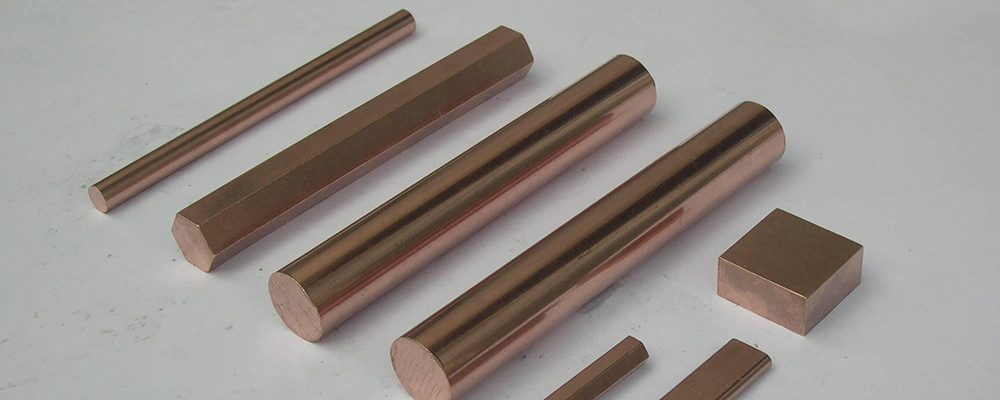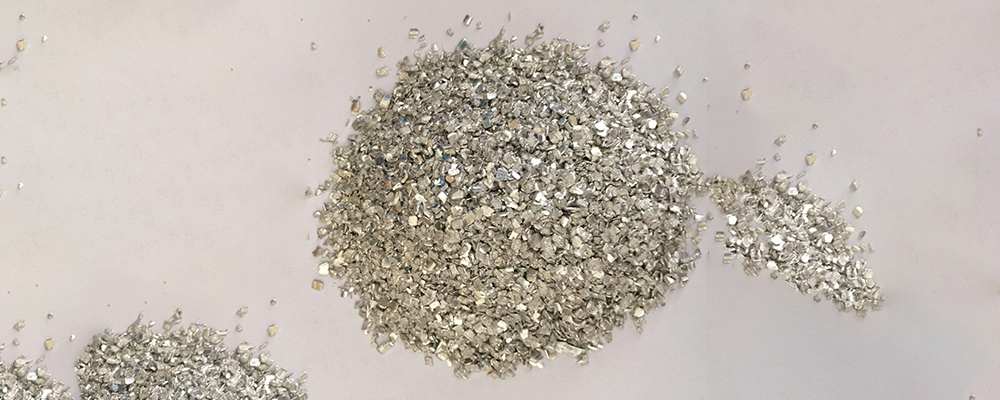Copper (Cu)
When copper (Cu) is dissolved in aluminum alloys, the mechanical properties are improved and the cutting performance becomes better. However, the corrosion resistance decreases and hot cracking is prone to occur. Copper (Cu) as an impurity has the same effect.
The strength and hardness of the alloy can be significantly increased with copper (Cu) content exceeding 1.25%. However, the precipitation of Al-Cu causes shrinkage during die casting, followed by expansion, which makes the size of the casting unstable.

Magnesium (Mg)
A small amount of magnesium (Mg) is added to suppress intergranular corrosion. When the magnesium (Mg) content exceeds the specified value, the fluidity deteriorates, and thermal brittleness and impact strength are reduced.

Silicon (Si)
Silicon (Si) is the main ingredient for improving fluidity. The best fluidity can be achieved from eutectic to hypereutectic. However, the silicon (Si) that crystallizes tends to form hard points, making cutting performance worse. Therefore, it is generally not allowed to exceed the eutectic point. In addition, silicon (Si) can improve tensile strength, hardness, cutting performance, and strength at high temperatures while reducing elongation.
Magnesium (Mg) Aluminum-magnesium alloy has the best corrosion resistance. Therefore, ADC5 and ADC6 are corrosion-resistant alloys. Its solidification range is very large, so it has hot brittleness, and the castings are prone to cracking, making casting difficult. Magnesium (Mg) as an impurity in AL-Cu-Si materials, Mg2Si will make the casting brittle, so the standard is generally within 0.3%.
Iron (Fe) Although iron (Fe) can significantly increase the recrystallization temperature of zinc (Zn) and slow down the recrystallization process, in die-casting melting, iron (Fe) comes from iron crucibles, gooseneck tubes, and melting tools, and is soluble in zinc (Zn). The iron (Fe) carried by aluminum (Al) is extremely small, and when the iron (Fe) exceeds the solubility limit, it will crystallize as FeAl3. The defects caused by Fe mostly generate slag and float as FeAl3 compounds. The casting becomes brittle, and the machinability deteriorates. The fluidity of iron affects the smoothness of the casting surface.
Impurities of iron (Fe) will generate needle-like crystals of FeAl3. Since die-casting is rapidly cooled, the precipitated crystals are very fine and cannot be considered harmful components. If the content is less than 0.7%, it is not easy to demold, so the iron content of 0.8-1.0% is better for die-casting. If there is a large amount of iron (Fe), metal compounds will be formed, forming hard points. Moreover, when the iron (Fe) content exceeds 1.2%, it will reduce the fluidity of the alloy, damage the quality of the casting, and shorten the life of metal components in the die-casting equipment.
Nickel (Ni) Like copper (Cu), there is a tendency to increase tensile strength and hardness, and it has a significant impact on corrosion resistance. Sometimes, nickel (Ni) is added to improve high-temperature strength and heat resistance, but it has a negative impact on corrosion resistance and thermal conductivity.
Manganese (Mn) It can improve the high-temperature strength of alloys containing copper (Cu) and silicon (Si). If it exceeds a certain limit, it is easy to generate Al-Si-Fe-P+o {T*T f;X Mn quaternary compounds, which can easily form hard points and reduce thermal conductivity. Manganese (Mn) can prevent the recrystallization process of aluminum alloys, increase the recrystallization temperature, and significantly refine the recrystallization grain. The refinement of recrystallization grains is mainly due to the hindering effect of MnAl6 compound particles on the growth of recrystallization grains. Another function of MnAl6 is to dissolve impurity iron (Fe) to form (Fe, Mn)Al6 and reduce the harmful effects of iron. Manganese (Mn) is an important element of aluminum alloys and can be added as a standalone Al-Mn binary alloy or together with other alloying elements. Therefore, most aluminum alloys contain manganese (Mn).
Zinc (Zn)
If impure zinc (Zn) is present, it will exhibit high-temperature brittleness. However, when combined with mercury (Hg) to form strong HgZn2 alloys, it produces a significant strengthening effect. JIS stipulates that the content of impure zinc (Zn) should be less than 1.0%, while foreign standards can allow up to 3%. This discussion is not referring to zinc (Zn) as an alloy component but rather its role as an impurity that tends to cause cracks in castings.
Chromium (Cr)
Chromium (Cr) forms intermetallic compounds such as (CrFe)Al7 and (CrMn)Al12 in aluminum, hindering the nucleation and growth of recrystallization and providing some strengthening effects to the alloy. It can also improve the alloy's toughness and reduce stress corrosion cracking sensitivity. However, it can increase the quenching sensitivity.
Titanium (Ti)
Even a small amount of titanium (Ti) in the alloy can improve its mechanical properties, but it can also decrease its electrical conductivity. The critical content of titanium (Ti) in Al-Ti series alloys for precipitation hardening is about 0.15%, and its presence can be reduced with the addition of boron.
Lead (Pb), Tin (Sn), and Cadmium (Cd)
Calcium (Ca), lead (Pb), tin (Sn), and other impurities may exist in aluminum alloys. Since these elements have different melting points and structures, they form different compounds with aluminum (Al), resulting in varying effects on the properties of aluminum alloys. Calcium (Ca) has very low solid solubility in aluminum and forms CaAl4 compounds with aluminum (Al), which can improve the cutting performance of aluminum alloys. Lead (Pb) and tin (Sn) are low-melting-point metals with low solid solubility in aluminum (Al), which can lower the strength of the alloy but improve its cutting performance.
Increasing the lead (Pb) content can reduce the hardness of zinc (Zn) and increase its solubility. However, if any of lead (Pb), tin (Sn), or cadmium (Cd) exceeds the specified amount in an aluminum: zinc alloy, corrosion may occur. This corrosion is irregular, occurs after a certain period, and is particularly pronounced under high-temperature, high-humidity atmospheres.
Post time: Mar-09-2023
